Windows 10: one OS to rule them all
Usability often takes a back seat with operating systems, not so with Windows 10.
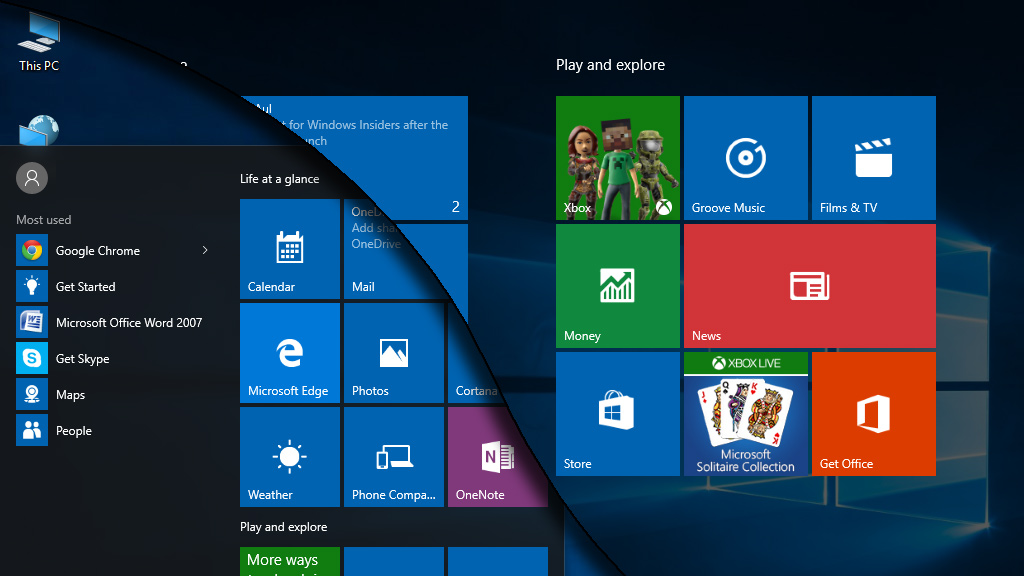
We've come a long way since the days when the command line ruled the world of personal computing. MS-DOS and similar text-based operating systems came with a steep learning curve and not everyone possessed the visualisation skills needed to understand the abstract concepts that underpinned them.
So it's no surprise that the more familiar notion of a Desktop with icons and folders proved much more popular. So popular, in fact, that computers have been using this model in one form or another for more than 30 years.
For most users, that means Microsoft Windows and it's remarkable just how long the core ideas of Windows have lasted. Windows 3.1 may have launched in 1992, but it's still clearly recognisable as the precursor to the many versions that followed and by far the most popular PC operating system today.
When one interface isn't enough
The problem is that a user interface designed to be controlled by a mouse isn't much use when a computer doesn't have one. And the mouse, along with all other traditional' pointing devices, is one PC accessory that's falling by the wayside as tablets take hold. So what's the solution?
One thing is certain. An operating system with an interface that stays the same no matter what device it's used on isn't it. The functional requirements of an operating system differ greatly according to its host device, which means adapting to suit the screen size and even the most appropriate input method. So while tablets are increasingly popular in business, for example, a multi-touch display isn't the best option when there's a long document to be written and a user interface should be sympathetic to that.
Now it's straightforward enough to address such a diverse array of needs by deploying an equally diverse array of operating systems, but supporting more than one with everything from training to technical support is something few businesses are equipped to do. What's really needed is a single cross-platform operating system that's sophisticated enough to adapt to different hardware, while retaining enough consistency to makes it as easy to use on a smartphone as it is on a tablet or notebook PC. And that's where Windows 10 comes in.
Why Windows 10 matters for mobile
Designed from the start to suit a wide range of different hardware, Windows 10 combines the best features from the Windows that business users know inside out on the desktop with finger-friendly features that make it so easy to use on a touch-screen device. So not only will users feel right at home with Windows 10 on a notebook PC, but the interface feels equally familiar on a tablet.
Windows 10 runs the wide range of standard software that's vital to any business, all accessed from the familiar Desktop and Start menu. So there's next to no learning curve for anyone who's used a Windows PC at any time over the last couple of decades and with a 2-in-1 device like the HP Elite x2 1011, there's no need to abandon the keyboard and mouse when it comes to getting some serious work done.
Not everyone sits at a desk each day, of course, and mobile professionals need a PC that's as portable as it is powerful. That's where Windows 10 with the HP Elite x2 1011 also comes into its own. Simply detach the keyboard and it becomes a slim and lightweight tablet, but one with all the same essential Windows features and one that still runs the same essential software.
One device for wherever your business takes you
The key is that with the HP Elite x2 1011 undocked, Windows 10 switches automatically to tablet' mode, complete with a user interface that's much more suitable for multi-touch display control. The Start menu's Live Tiles expand to fill the screen for easy at-a-glance updates for everything from email and social media to the latest headline news, while full-screen universal' apps focus on what's important when you're on the move.
But here's the really important point. This experience isn't dictated by the kind of device you're using or its hardware features, and you're free to use Windows 10 in whichever mode you prefer at any time. A simple tap turns on tablet mode when the HP Elite x2 1011 is docked to its keyboard, for example, while universal apps can be run in resizable windows and even tiled side-by-side using multi-touch no mouse or trackpad required.
It's this adaptability that makes Windows such a winning formula for business, but it takes a PC with all the flexibility of the HP Elite x2 1011 to make the most of it. Whether docked in notebook mode or detached as a tablet, it's the one device you need for wherever your business takes you.
Get the ITPro daily newsletter
Sign up today and you will receive a free copy of our Future Focus 2025 report - the leading guidance on AI, cybersecurity and other IT challenges as per 700+ senior executives
-
 Asus ZenScreen Fold OLED MQ17QH review
Asus ZenScreen Fold OLED MQ17QH reviewReviews A stunning foldable 17.3in OLED display – but it's too expensive to be anything more than a thrilling tech demo
By Sasha Muller
-
 How the UK MoJ achieved secure networks for prisons and offices with Palo Alto Networks
How the UK MoJ achieved secure networks for prisons and offices with Palo Alto NetworksCase study Adopting zero trust is a necessity when your own users are trying to launch cyber attacks
By Rory Bathgate
-
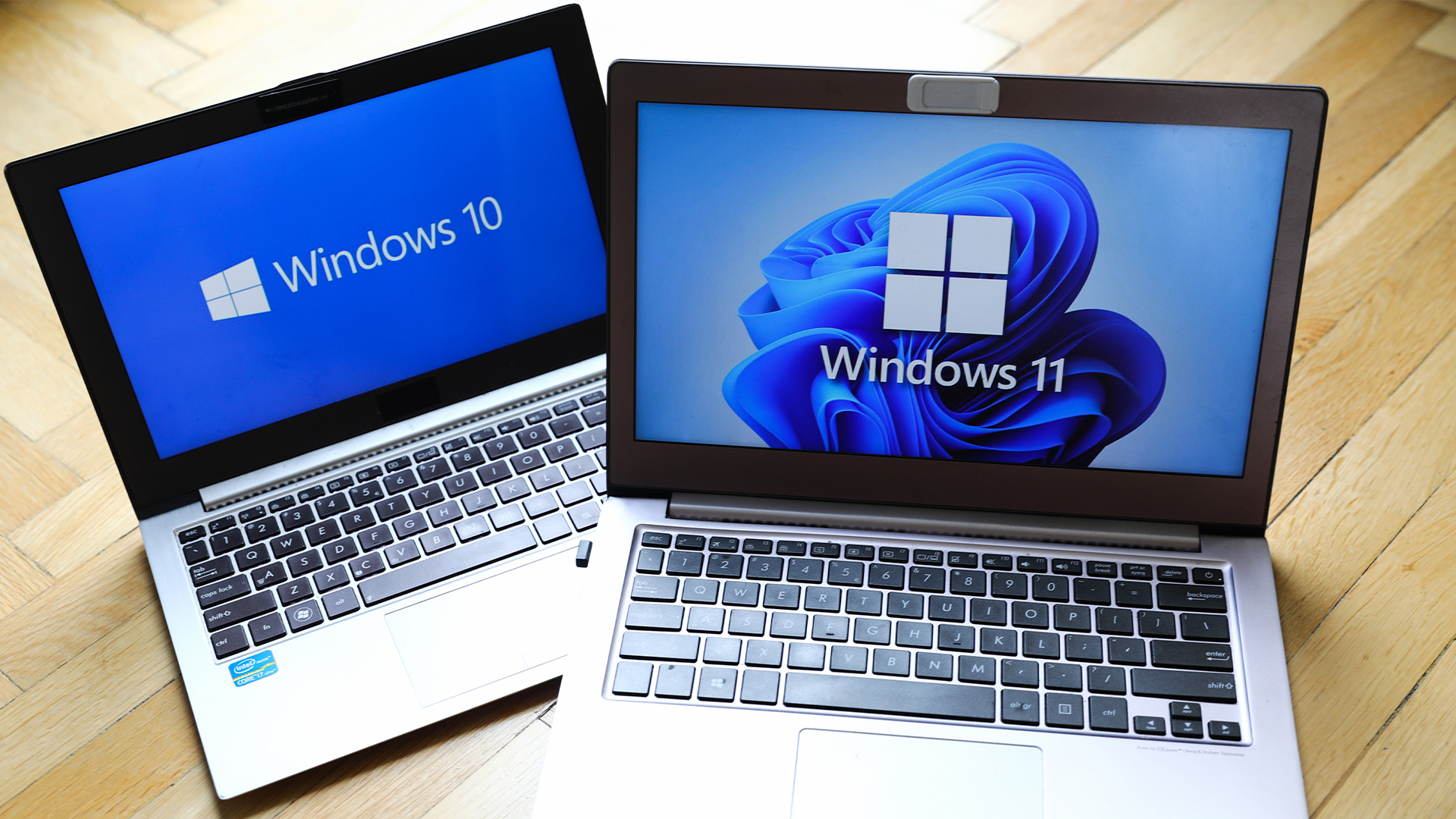 Dragging your feet on Windows 11 migration? Rising infostealer threats might change that
Dragging your feet on Windows 11 migration? Rising infostealer threats might change thatNews With the clock ticking down to the Windows 10 end of life deadline in October, organizations are dragging their feet on Windows 11 migration – and leaving their devices vulnerable as a result.
By Emma Woollacott
-
 Recall arrives for Intel and AMD devices after months of controversy
Recall arrives for Intel and AMD devices after months of controversyNews Microsoft's Recall feature is now available in preview for customers using AMD and Intel devices.
By Nicole Kobie
-
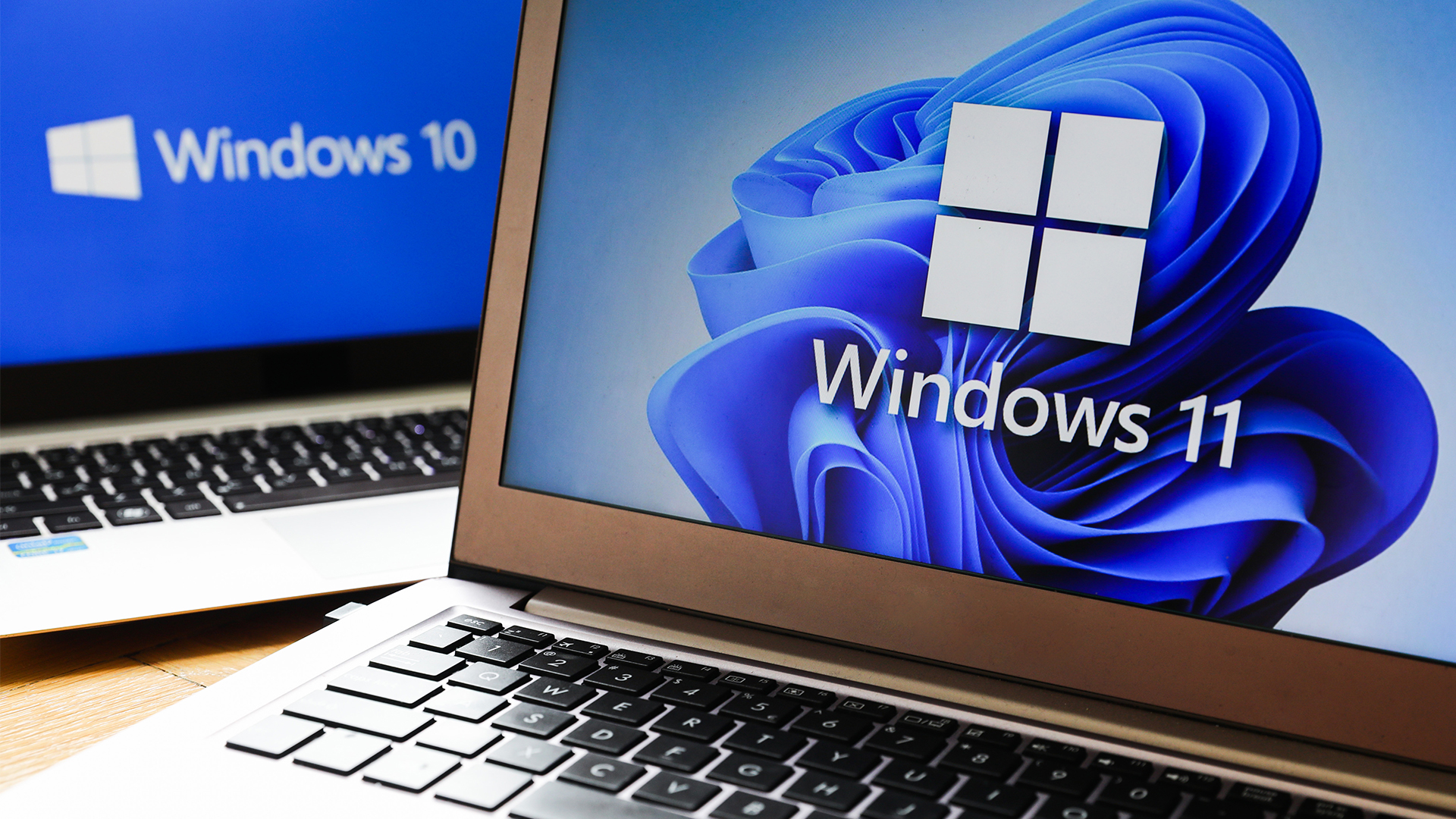 With one year to go until Windows 10 end of life, here’s what businesses should do to prepare
With one year to go until Windows 10 end of life, here’s what businesses should do to prepareNews IT teams need to migrate soon or risk a plethora of security and sustainability issues
By George Fitzmaurice
-
 Microsoft is doubling down on Widows Recall, adding new security and privacy features – will this help woo hesitant enterprise users?
Microsoft is doubling down on Widows Recall, adding new security and privacy features – will this help woo hesitant enterprise users?News The controversial AI-powered snapshotting tool can be uninstalled, Microsoft says
By Nicole Kobie
-
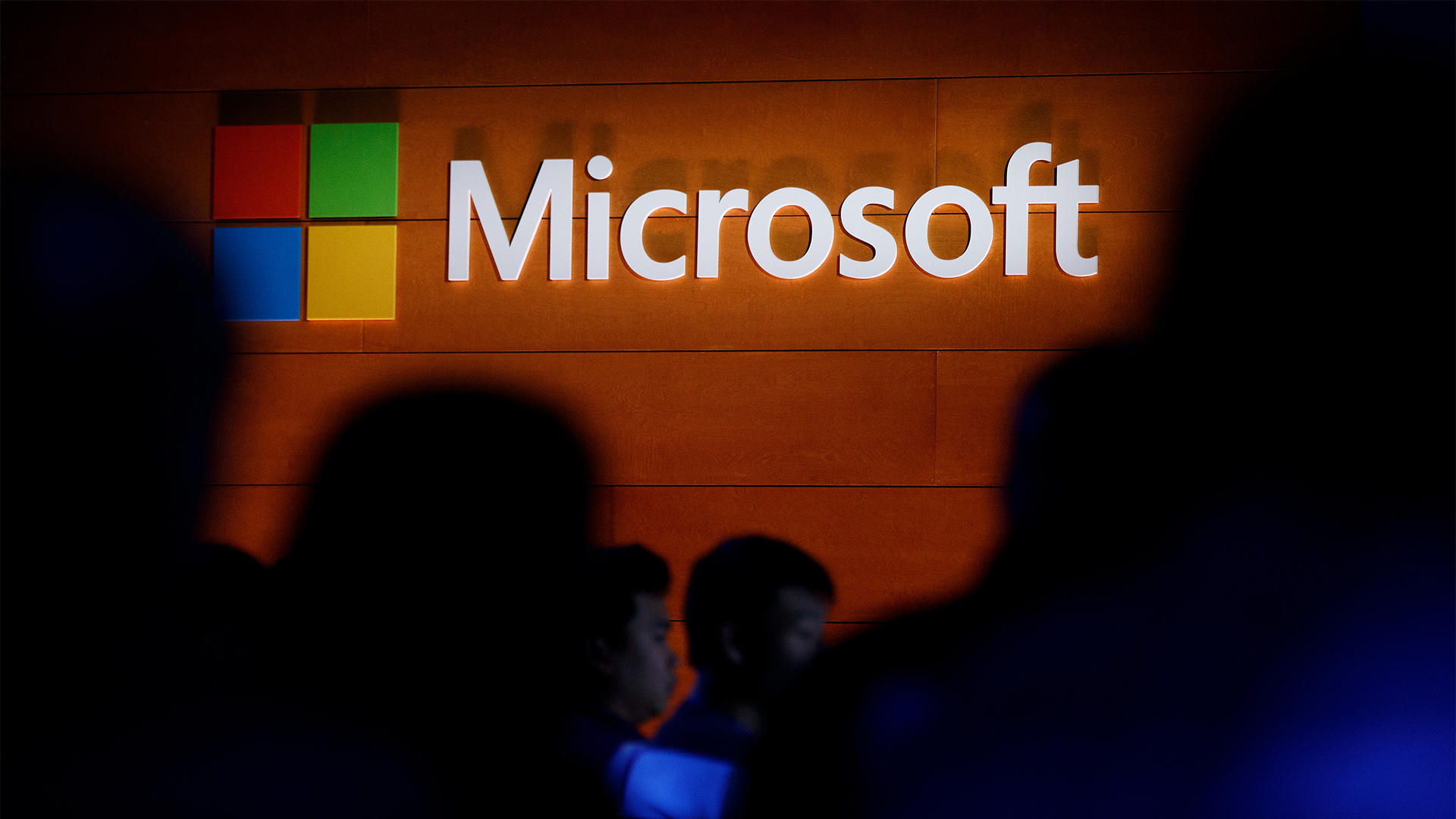 Microsoft patches rollback flaw in Windows 10
Microsoft patches rollback flaw in Windows 10News Patch Tuesday includes protection for a Windows 10 "downgrade" style attack after first being spotted in August
By Nicole Kobie
-
 Companies “wary” of Windows 11 migration challenges as Windows 10 EOL draws closer
Companies “wary” of Windows 11 migration challenges as Windows 10 EOL draws closerNews A recent study shows that only a fraction are running Windows 11, despite a rapidly-approaching end of life deadline
By George Fitzmaurice
-
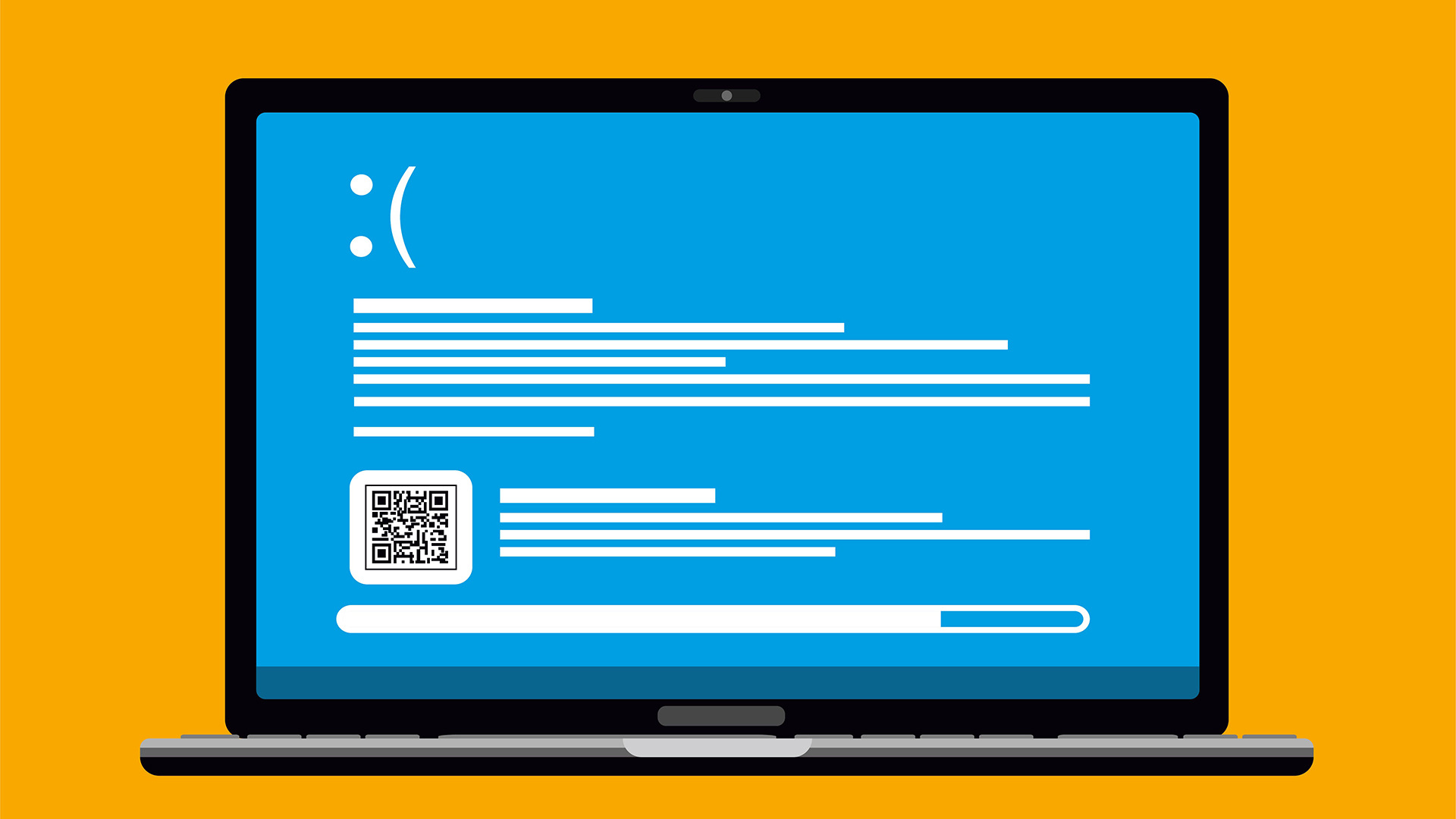 New Windows vulnerability could repeatedly trigger the blue screen of death on millions of devices
New Windows vulnerability could repeatedly trigger the blue screen of death on millions of devicesNews Attackers could exploit the Windows vulnerability to repeatedly crash machines and trigger a blue screen of death, according to researchers at Fortra
By Solomon Klappholz
-
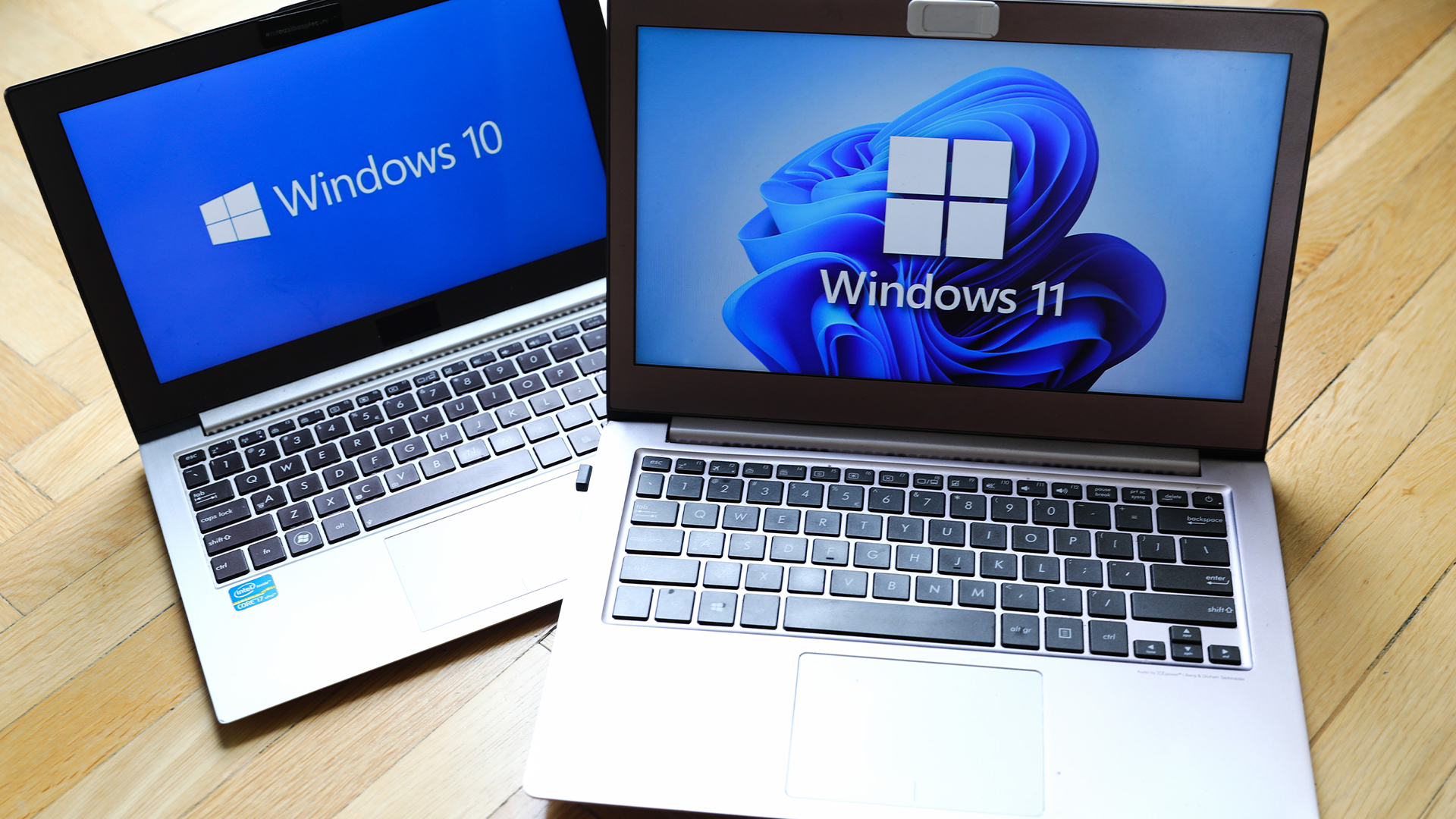 Here’s how much Windows 10 could cost if you don’t upgrade this year
Here’s how much Windows 10 could cost if you don’t upgrade this yearNews Windows 10 extended security updates will cost users dearly, with prices rising incrementally each year.
By George Fitzmaurice